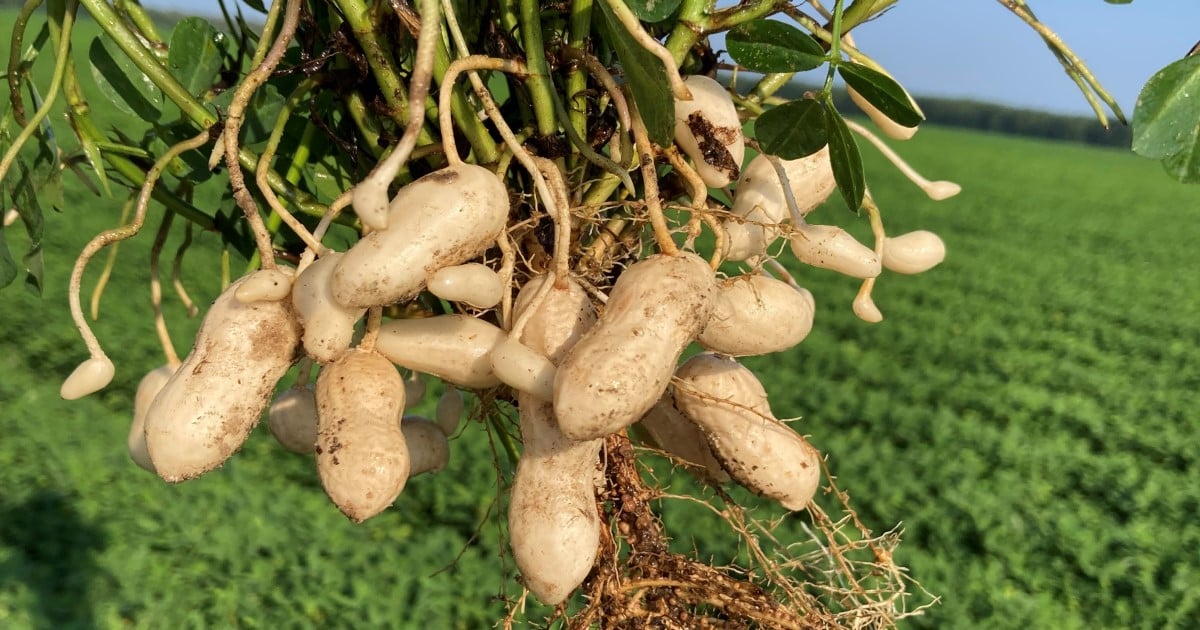Pest Control Technologies Applied in Peanut Production Systems
A special issue of Agronomy (ISSN 2073-4395). This special issue belongs to the section "Pest and Disease Management".
Deadline for manuscript submissions: 25 November 2024 | Viewed by 1268

Special Issue Editors
Interests: peanut-based cropping systems; integrated pest management; cropping systems; crop management; cultivars; pesticides; entomology; plant pathology; nematology; weed science; agronomy
Special Issues, Collections and Topics in MDPI journals
Interests: molecular biology and genetics; QTL mapping; phenotyping; conventional and genomic-based breeding; crop management; post-harvest storage and processing
Special Issues, Collections and Topics in MDPI journals
Special Issue Information
Dear Colleague,
Pests cause major yield and quality losses in peanut production and can increase risks to human health. A wide range of practices, including cropping sequence, irrigation, planting patterns, plant density, planting date, and tillage systems, are used to minimize the impact of pests. These paractices are often coupled with the deployment of cultivars that express resistance to pathogens, including viruses and pesticides, in order to protect yield and increase financial returns. However, pest complexes are changing and the research community needs to rapidly develop effective strategies to address these issues. In this Special Issue, research findings associated with new technologies will be provided. Discussed technologies will include those employed in the field as well as techniques such as the use of molecular markers, high-throughput phenotyping, and other approaches that decrease the time required for cultivar release. Research papers and review articles will be considered in this Special Issue.
Dr. David Jordan
Dr. Dave Hoisington
Guest Editors
Manuscript Submission Information
Manuscripts should be submitted online at www.mdpi.com by registering and logging in to this website. Once you are registered, click here to go to the submission form. Manuscripts can be submitted until the deadline. All submissions that pass pre-check are peer-reviewed. Accepted papers will be published continuously in the journal (as soon as accepted) and will be listed together on the special issue website. Research articles, review articles as well as short communications are invited. For planned papers, a title and short abstract (about 100 words) can be sent to the Editorial Office for announcement on this website.
Submitted manuscripts should not have been published previously, nor be under consideration for publication elsewhere (except conference proceedings papers). All manuscripts are thoroughly refereed through a single-blind peer-review process. A guide for authors and other relevant information for submission of manuscripts is available on the Instructions for Authors page. Agronomy is an international peer-reviewed open access monthly journal published by MDPI.
Please visit the Instructions for Authors page before submitting a manuscript. The Article Processing Charge (APC) for publication in this open access journal is 2600 CHF (Swiss Francs). Submitted papers should be well formatted and use good English. Authors may use MDPI's English editing service prior to publication or during author revisions.
Keywords
- integrated pest management
- cultivars
- breeding and genetics
- pesticides
- cropping systems





